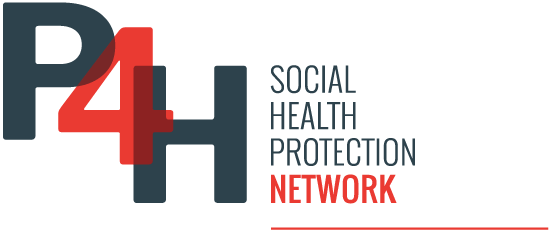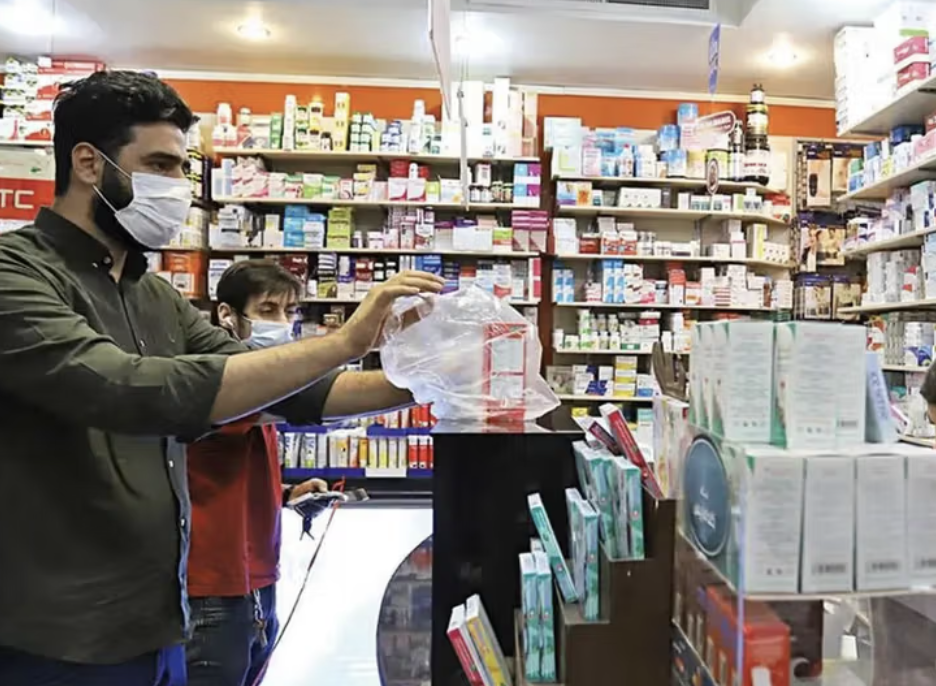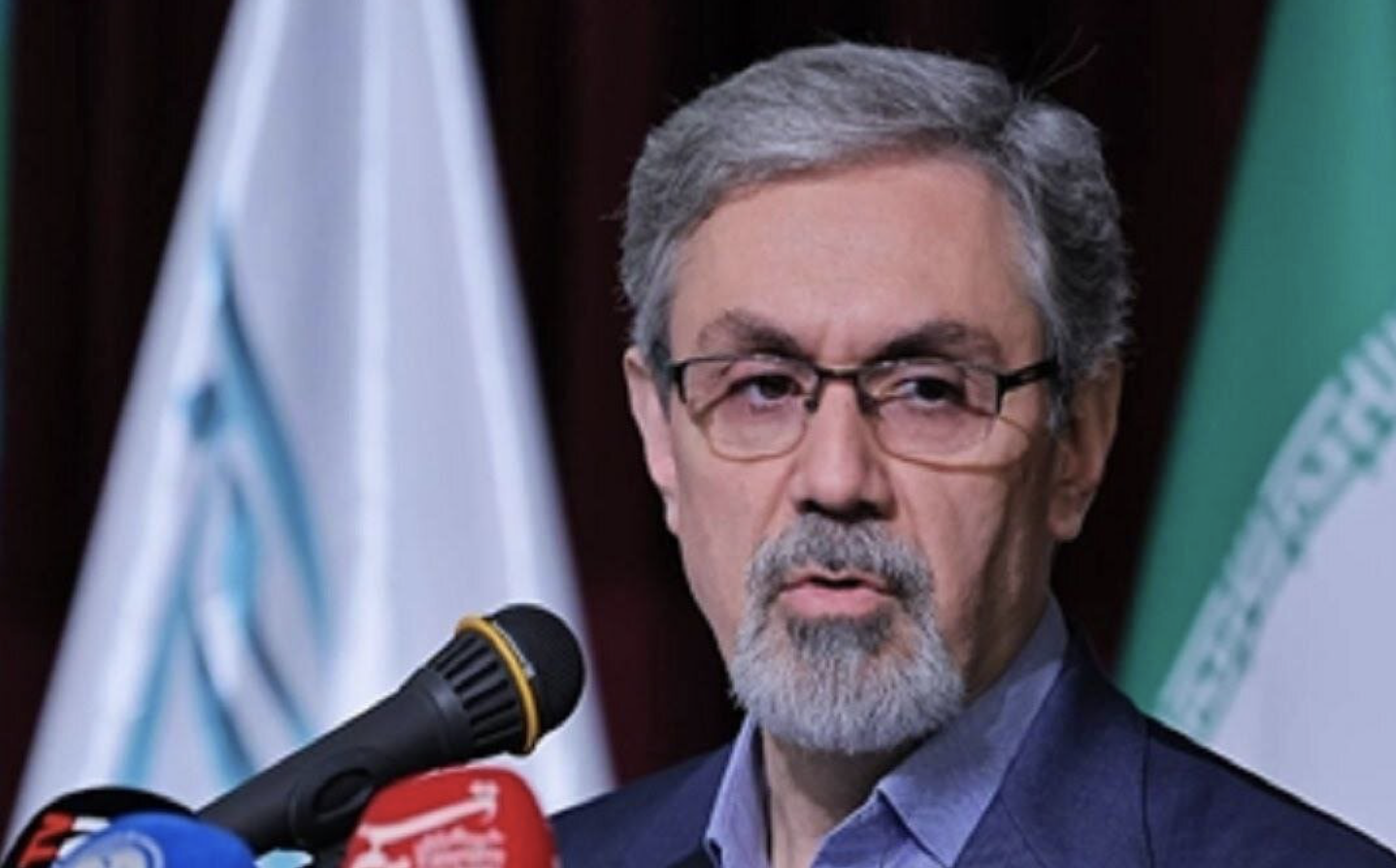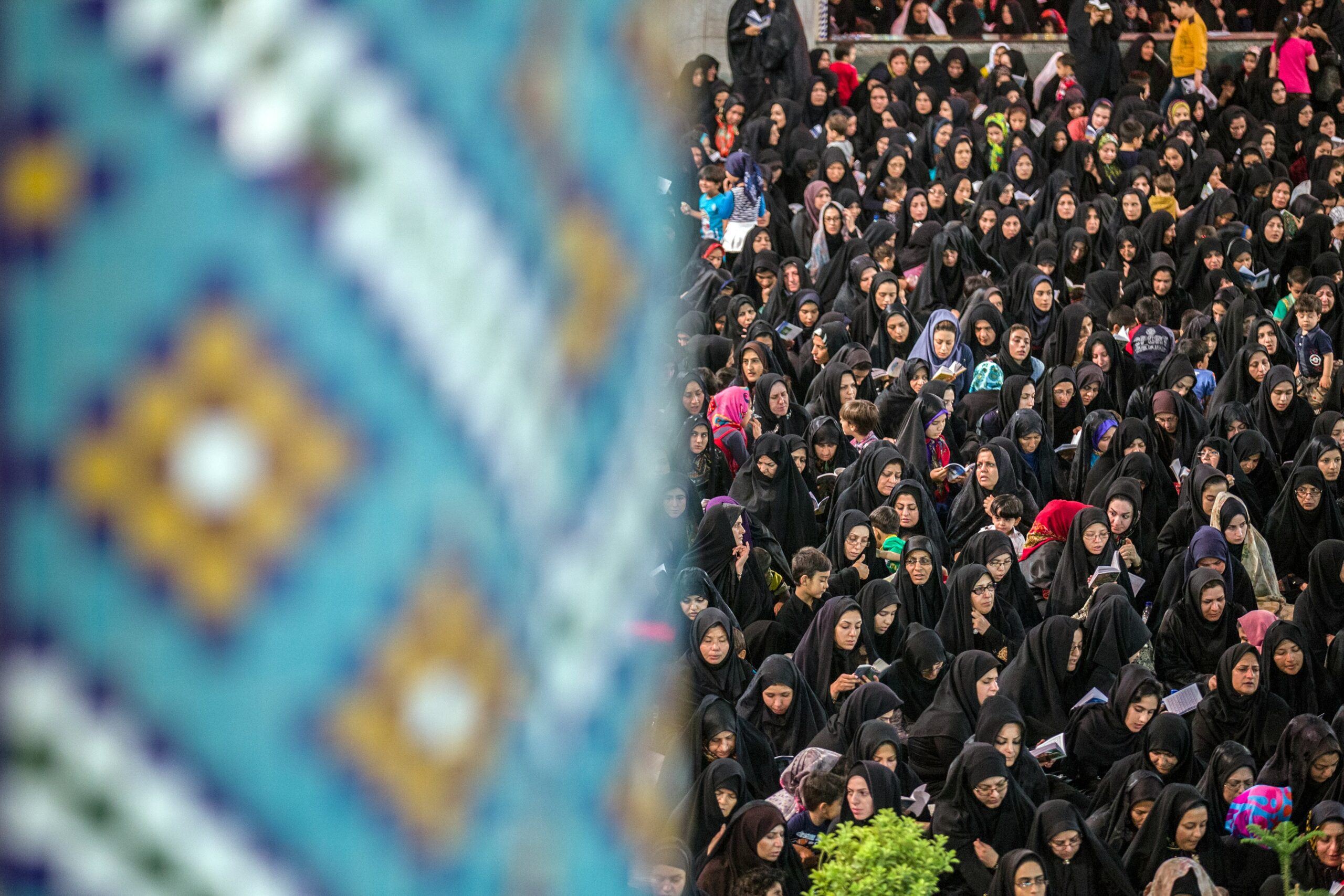The health system in the Islamic Republic of Iran has a three-tiered health system with a backbone of primary care, according to a report from the World Health Organization. The report states that since the late 1980s, the country’s pro-poor and community-based orientation has improved access to primary care leading to significant improvements in maternal and child health outcomes.
In 2022, current health expenditure (CHE) per capita in Iran was US$ 238, representing 5.3% of GDP. Health expenditure from public sources accounted for 49.3% of health spending, out-of-pocket (OOP) spending accounted for 39.1%, and voluntary prepayments accounted for 8.7% of the CHE. The national incidence rate of catastrophic health expenditures was estimated at 3.7% in 2021, and the percentage of the population impoverished due to OOP payments was estimated at 1.7% in 2021.
Near universal insurance coverage attained
Health is a priority for the country’s development through the Health Transformation Plan (HTP), according to a report on health system transformation in the country. The HTP was launched in 2014, with an additional US$ 3 billion mobilized in the first year of its implementation. Increased public financing in the health system made possible the extension of insurance coverage, modernization of infrastructure and better compensation of health workers.
While the Islamic Republic of Iran is clearly transitioning from its success in primary health care and holds firm on its longstanding commitment to universal health coverage, the report also states that concern remains about the stability and sustainability of public financing.



